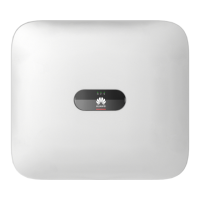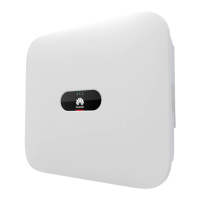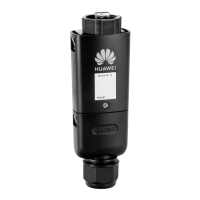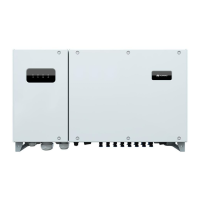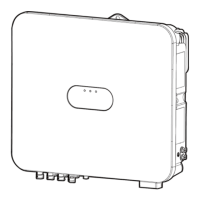LUNA2000-200KWH-2H1 Smart String ESS
User Manual
Copyright © Huawei Technologies Co., Ltd.
Site selection must comply with NFPA 855 Standard for the Installation of Stationary Energy
Storage Systems and local regulations.
The ESS applies only to outdoor scenarios and can only be deployed outdoors. The site
selection requirements are as follows:
The site should not be located in a low-lying land. The horizontal level of the site should
be above the highest water level of that area.
The site is at least 2 km away from any airports, landfills, and water areas.
There must be no vegetation, especially flammable plants within 3 m of the ESS and the
site to protect the ESS from possible fires.
The site is an open area and at least 10 m away from any obstacles in all directions.
The distance between the ESS and residential areas must be greater than or equal to 50 m
to prevent noise pollution. The distance between the ESS and residential buildings,
schools, and hospitals must be greater than 30.5 m to ensure safety. If the safety distance
requirement cannot be met, fire walls with a 3-hour fire-resistance rating must be
installed between the ESS and the buildings.
The ESS and the site should be in an environment free from explosion risks.
Transportation to the site is convenient and the site fire suppression system facilities are
reliable.
When installing, commissioning, and operating the ESS, ensure that at least two gas fire
extinguishers are provided near each unit to ensure fire safety.
An automatic fire alarm system should be configured for an unattended ESS or energy storage plant
to upload fire alarm signals to the remote monitoring center.
The distance between the exhaust device of an ESS and the heating and ventilation vents, air intake
vents of air conditioners, windows, doors, unloading platforms, and fire sources of other buildings or
facilities must be greater than 4.6 m.
An active exhaust ventilation system should be configured and linked with the fire alarm system.
The ventilation capability should keep the flammable gas concentration under 25% LFL.
Reserve sockets for the water fire suppression system at the ESS site.
Outdoor fire hydrants should be installed around the plant. The distance between fire hydrants
should be less than or equal to 60 m. The number of outdoor fire hydrants should be calculated based
on the flow rate and protection radius of fire hydrants. The maximum protection radius should be
less than or equal to 150 m, and the flow rate should be greater than or equal to 15 L/s.
The site area must meet the requirement and there is space for capacity expansion.
The site is in a well-ventilated place.
Do not install the ESS in a salt-affected area, as this may corrode the equipment and
cause fires. A salt-affected area refers to the region within 2 km from the coast or prone
to sea breeze. The regions prone to sea breeze vary with weather conditions (such as
typhoons and monsoons) or terrains (such as dams and hills).

